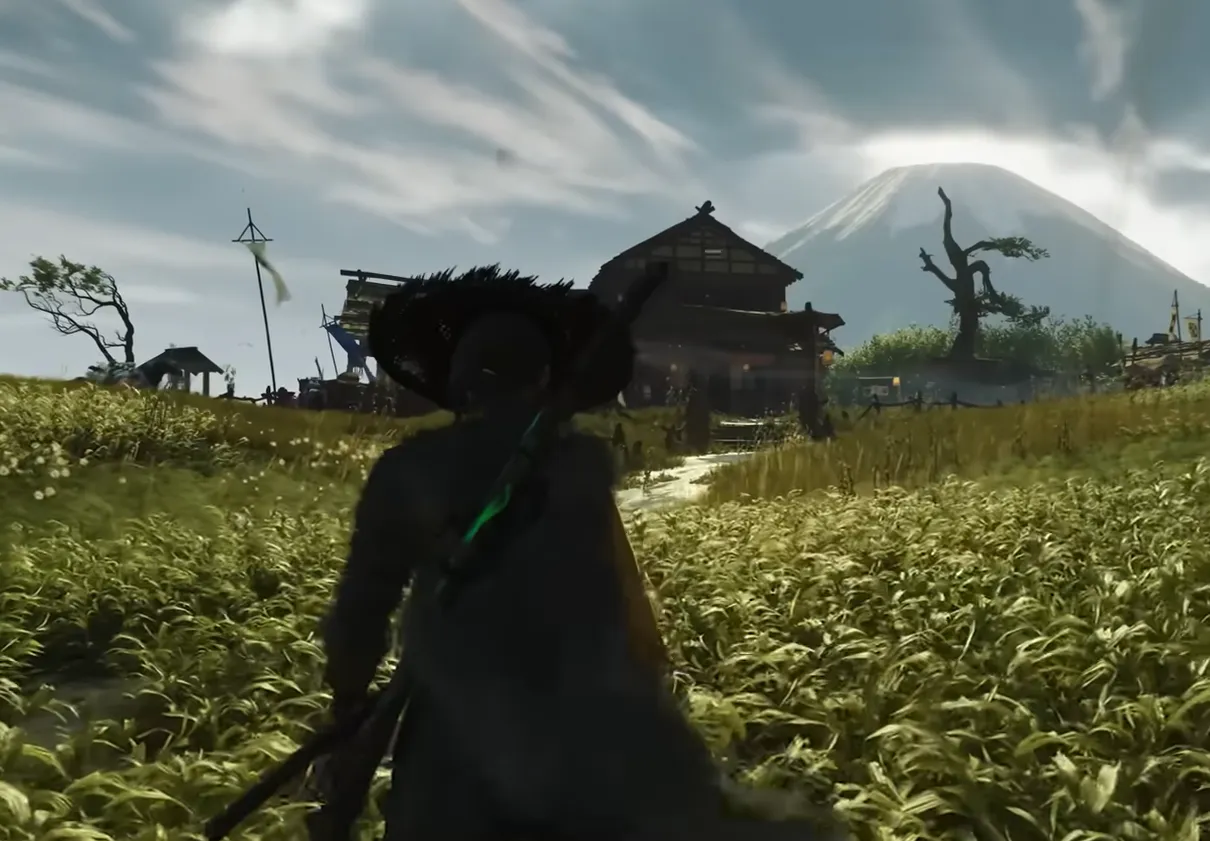Ghost of Yōtei includes a toggle called Watanabe Mode that swaps the game’s traditional score for a set of lo‑fi hip‑hop tracks curated under the direction of Shinichirō Watanabe, the director behind Cowboy Bebop and Samurai Champloo. It’s fully optional, can run alongside the game’s other presentation modes, and doesn’t alter difficulty or mechanics — only what you hear while you play.
What Watanabe Mode changes
Turning on Watanabe Mode replaces the in‑game soundtrack with a small suite of lo‑fi instrumentals designed to evoke the relaxed, head‑nod feel popularized around Samurai Champloo’s era. Expect mellow melodies and soft percussion meant to sit under exploration and general play without competing with sound effects.
Important nuance: the music is created under Watanabe’s direction — it isn’t scored by him personally, and it doesn’t import Samurai Champloo’s original soundtrack. The released track set totals six songs from producers including Toma Otowa, DJ Mitsu The Beats, Sweet William, mabanua, and Mark de Clive‑Lowe.
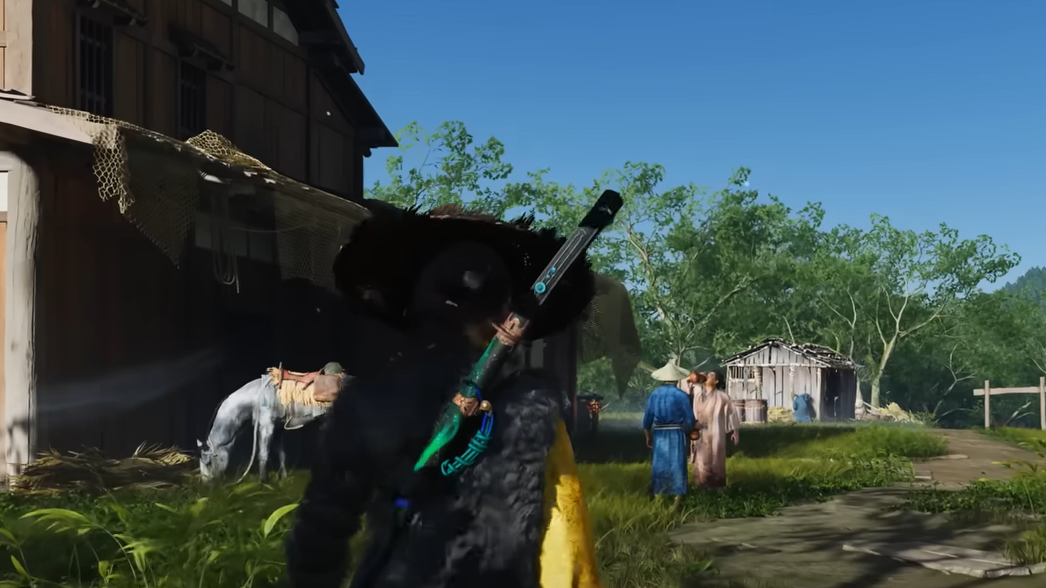
How to turn on Watanabe Mode
You can enable it from the in‑game settings. Despite being an audio switch, the toggle lives in the Display menu.
- Open the pause menu and enter Settings.
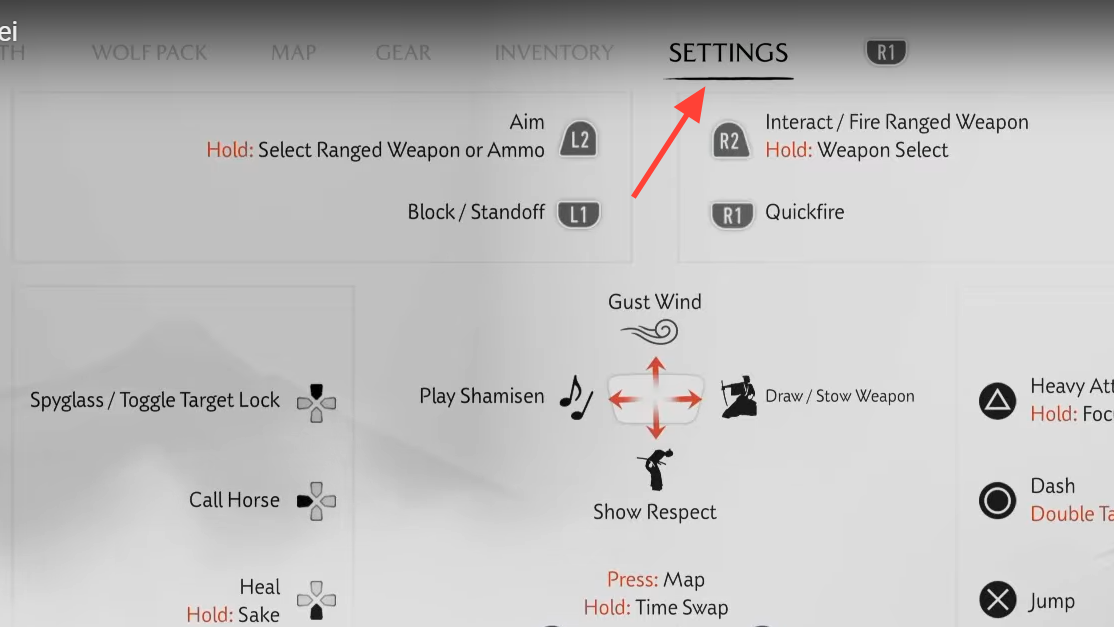
- Go to the Display tab.
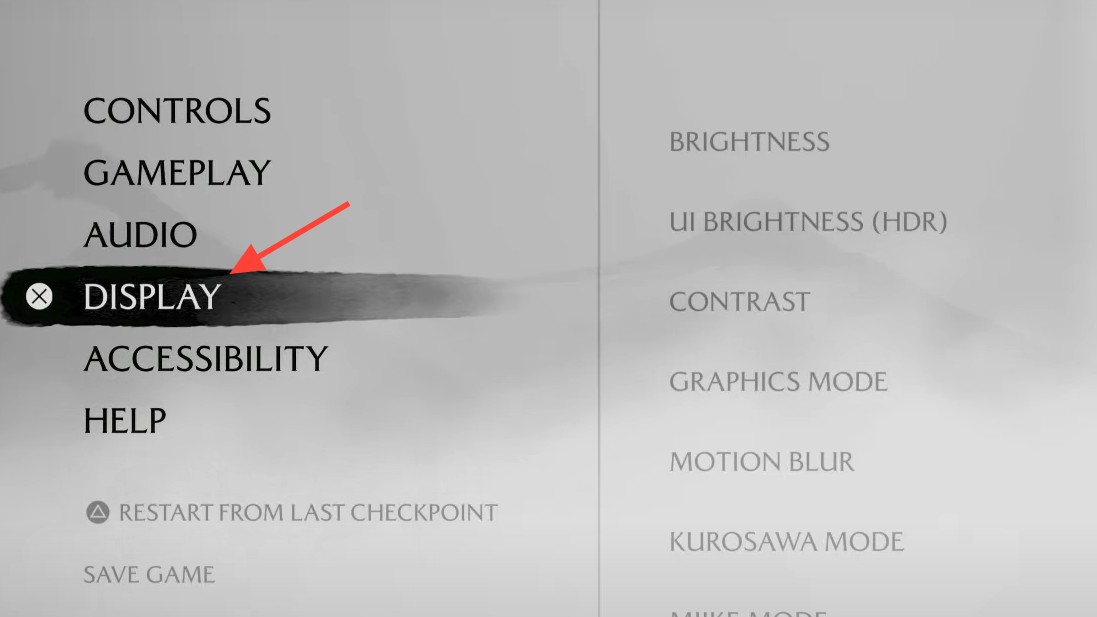
- Toggle Watanabe Mode on.
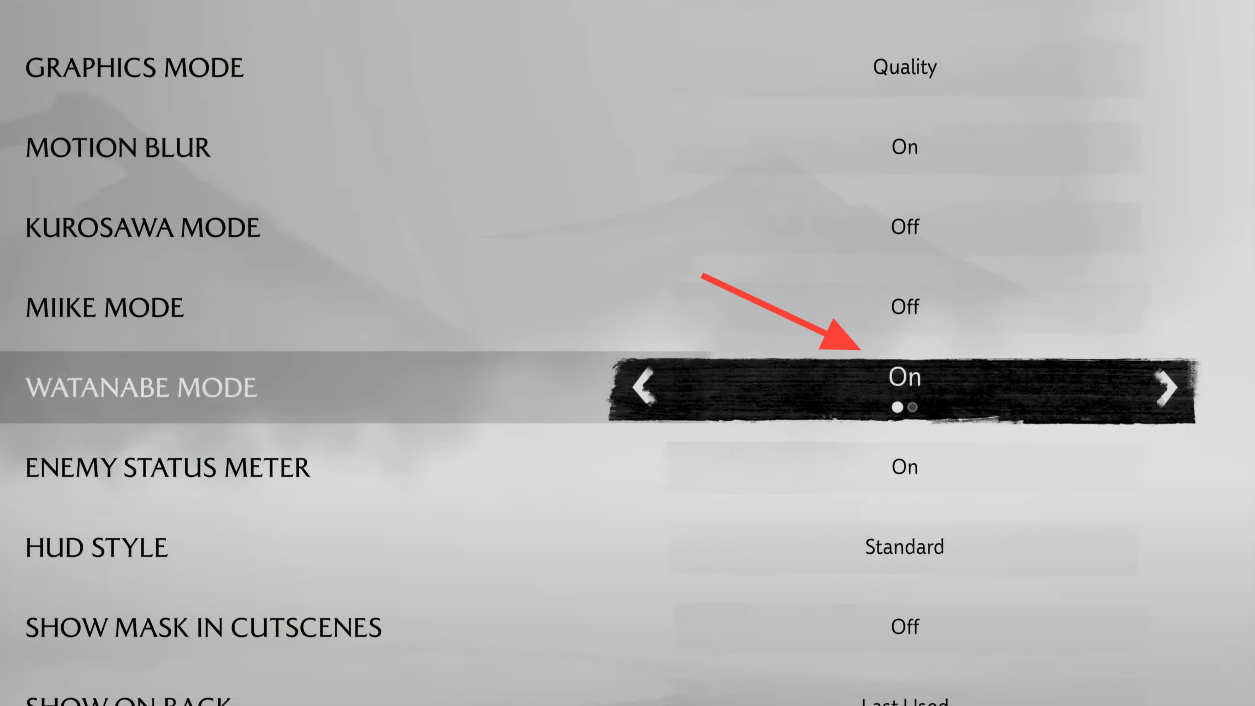
You can turn it on or off at any time. If you prefer the game’s original score for story moments, switch back before cutscenes and major encounters.
Can you stack it with Kurosawa and Miike modes?
Yes. Watanabe Mode can run together with the other cinematic options:
- Kurosawa Mode: switches the presentation to black‑and‑white for a classic samurai film look.
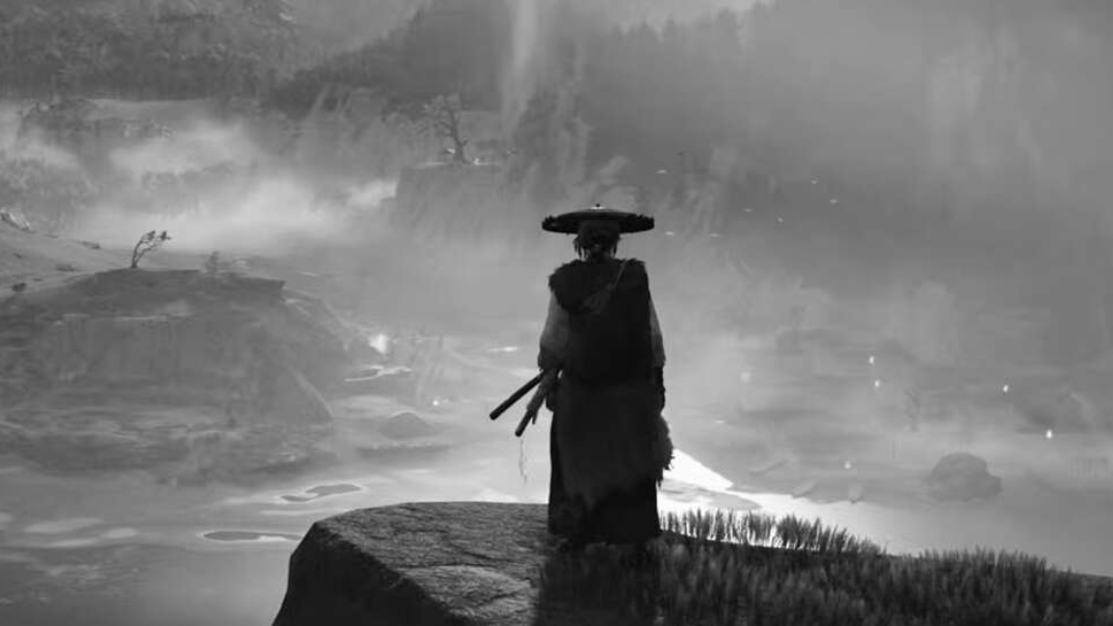
- Miike Mode: tightens the camera during combat and emphasizes mud and blood for a grittier feel.
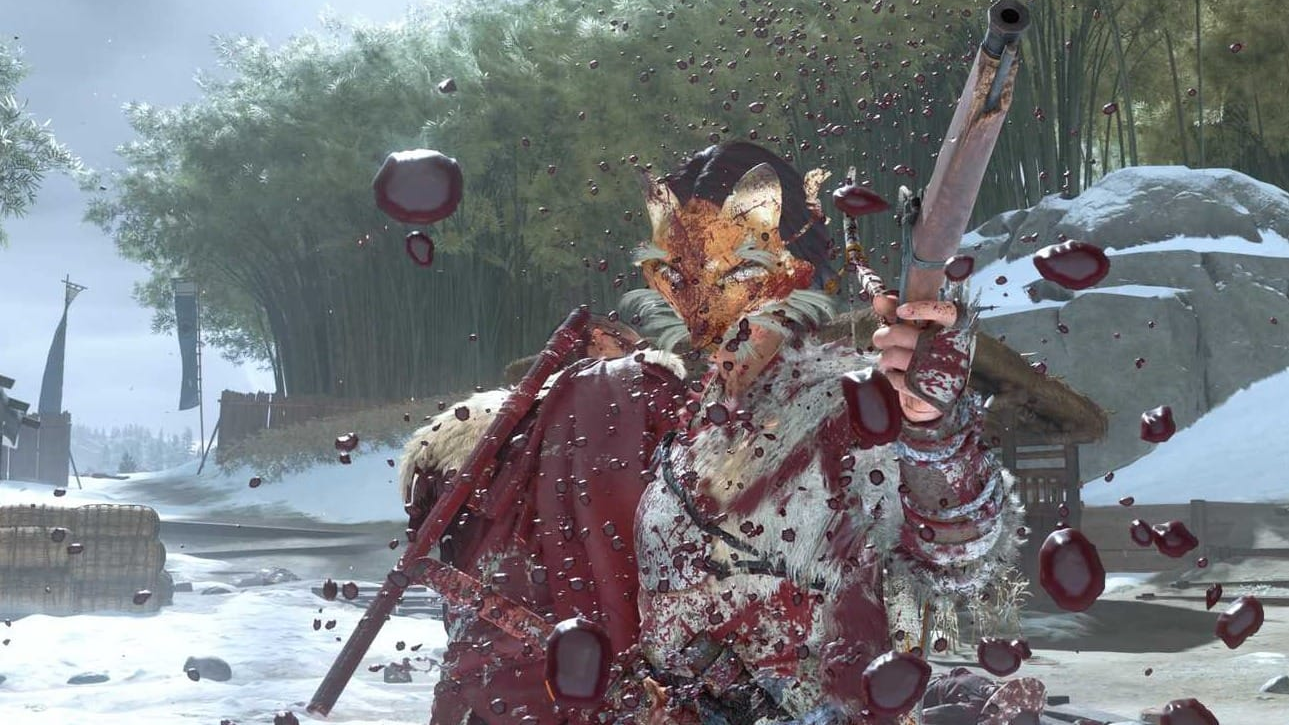
Stacking lets you, for example, play in black‑and‑white with the closer combat camera while the lo‑fi tracks handle the soundtrack.
When Watanabe Mode makes the most sense
This mode shines during traversal, side activities, and downtime — the stretches where you’re riding across fields, clearing smaller camps, or ticking off map objectives. The chilled beats pair naturally with that loop. For narrative peaks or boss fights, some players will prefer the default score’s cues and dynamics; the quick toggle makes swapping simple.
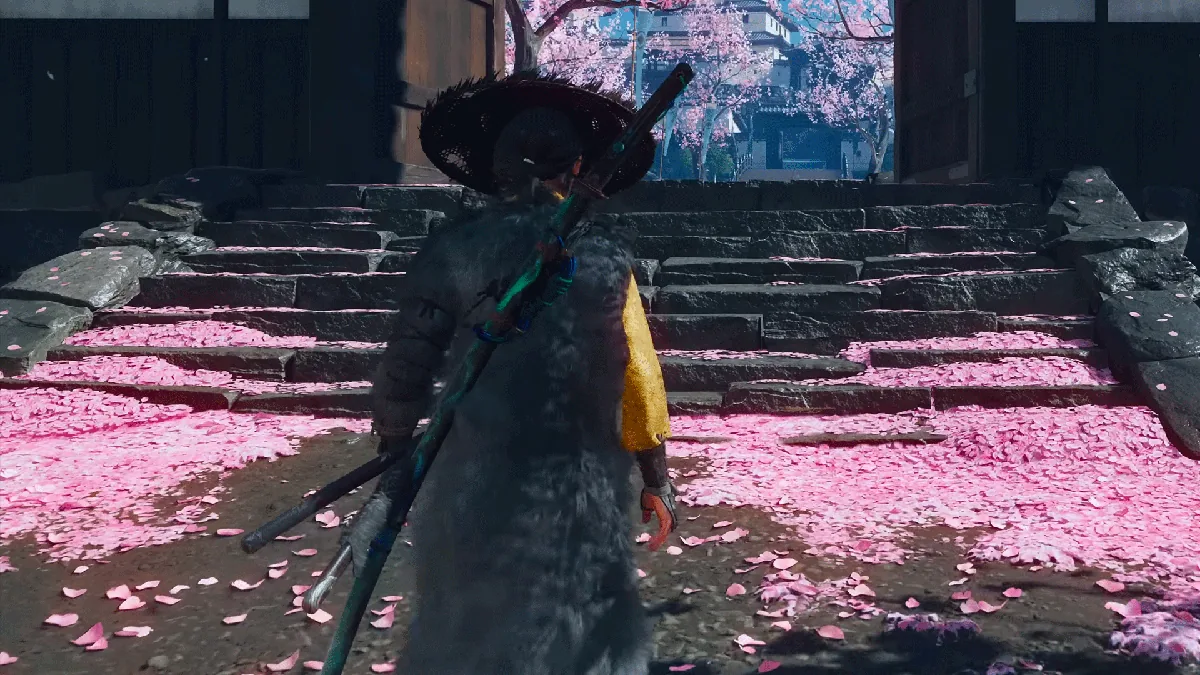
Quick reference: the presentation modes
| Mode | What it changes | Notes |
|---|---|---|
| Watanabe Mode | Replaces soundtrack with lo‑fi hip‑hop tracks | Under Shinichirō Watanabe’s direction; six released tracks from multiple producers |
| Kurosawa Mode | Black‑and‑white visual presentation | Purely visual; can be combined with other modes |
| Miike Mode | Closer combat camera, heavier mud/blood emphasis | Intended to heighten intensity; may reduce peripheral view |
Watanabe Mode is an easy, reversible switch that reframes the game’s vibe without touching the mechanics. If you already play open‑world games with background playlists, this bakes that habit into Ghost of Yōtei with purpose‑built tracks — and gives you the flexibility to return to the original score whenever you want.

